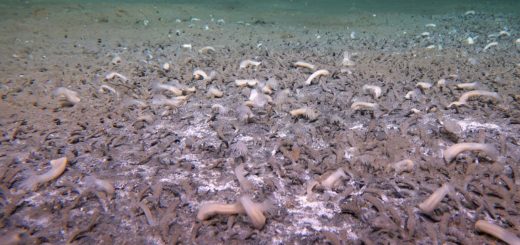Cleaner air has increased the number of city heatwaves
Reducing air pollution is critical for improving public health, but it has brought big climate trade-offs
By James Dinneen
22 July 2025
As smog clears worldwide, heatwaves are becoming more frequent
CLAUDIO REYES/AFP via Getty Images
Heatwaves have become more frequent as the world cleans up harmful aerosol pollution, unmasking more of the warming effects from greenhouse gases in the atmosphere. This warming influence is even greater in populated places, where there tends to be more air pollution.
“Reducing aerosol pollution is a public health imperative,” says Geeta Persad at the University of Texas at Austin. “But we need to recognise that this is going to reveal these unique risks that are going to be amplified where people live.”
Read more
The jet stream may be starting to shift in response to climate change
Aerosol pollution, which mainly comes from burning fossil fuels, typically has an opposite effect to greenhouse gases. While gases like carbon dioxide trap heat in the atmosphere, aerosols lower temperatures because they reflect sunlight away from the planet, either directly or by changing clouds. By some estimates, aerosol pollution has masked as much as half of the warming effect of greenhouse gases to date.
This means efforts to clean up air pollution to benefit human health come with a warming effect on the climate. Until now, however, it wasn’t clear how the change in aerosols affected heat in populated areas specifically.
To get a spatially specific view across the world, Persad and her colleagues used a climate model to test how aerosols affect the frequency of heatwaves on land, both historically and in future projections. They defined a heatwave as three consecutive days that would have been among the hottest 10 per cent of days for that part of the year in a pre-industrial climate.


